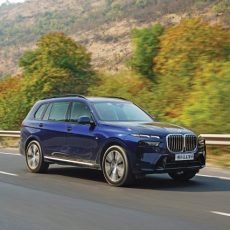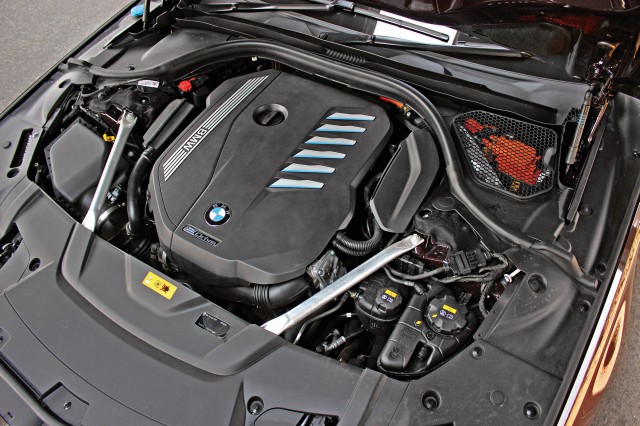
The BMW 745Le xDrive marries an 83-kW electric motor, a 12-kWh battery pack, and an optimized, but still signature, BMW 3.0-litre straight-six petrol engine. The electric motor can travel for up to 53 km when the battery pack is fully charged. That can vary with driving style, so 35-40 km of pure electric driving at speeds of up to 80 km/h is about what can be regularly expected. The motor puts out 113 hp and 265 Nm. The straight-six petrol, with its turbocharged direct high-pressure injection configuration and smart valve control, makes 286 hp from 5,000 revs, with a peak torque of 450 Nm available from just 1,500 revs. For most part, however, the engine is rarely revving around 2,000-3,000 rpm or so; can’t tell exactly as there’s no tachometer in the Hybrid/Eco Pro mode I spent most time in, but the engine wasn’t audible at all. In the run out of town, I set the cruise to 80 km/h and, eventually saw a consistent 2.9 litres/100 km or 34.5 km/l — BMW claim 39.5 km/h. Dare I say, it will fulfil that seemingly unattainable claim on a cooler day with less load and at a slightly lower speed, without a doubt.
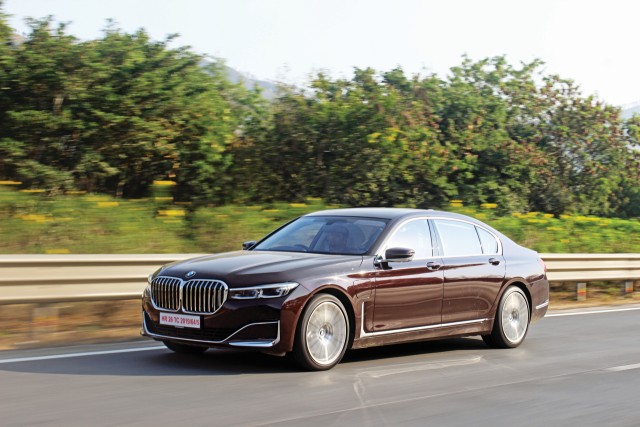
For the tests, as it turned out, I ended up doing the brakes first. While the stopping times were remarkable and completely stable, obviously, it also meant that the recuperation modes did their best and the battery was ready for a sprint assist. As good time to go as any! The BMW 745Le summoned its combined peak output of 394 hp and 600 Nm, channelled it to the front and rear wheels that dug in and found traction, and rocketed off the line. It whacked past 100 km/h in 5.9 seconds and blitzed the quarter mile in 14 seconds. Not bad for a car weighing over two tonnes. The best part is, the only sound was the muffled roar from the engine as it piled on a few revs over peak torque with the big motor — let’s be honest, 113 hp and 265 Nm is enough to power a normal sedan — giving its all, probably. For the rest of the long drive back, I did feel something missing. If you’re up on technology, there are smaller, less expensive premium cars offering assistance features such as lane departure warning, adaptive cruise control, and even steering and blind-spot assist; something I believe the 745Le should have had on its equipment list. Not a deal-breaker, though. At Rs 1.66 crore (ex-showroom), it’s a mighty fine and extremely safe luxury car with a super-luxury gene-pool.
Through all of the madness, and the city commute that followed, the BMW 745Le saw an efficiency figure of 12.5 km/l. That’s mental! If you want to save fuel, stop using more fuel unnecessarily! With this 7, there’s zero wastage when stationary, too. That’s because, at city speeds, it’s electric only. There’s enough juice to sit out a traffic light and motor on when it goes green. The petrol engine only kicks in when the throttle is prodded or if the charge level is too low. That said, there’s one important aspect to consider. A plug-in hybrid makes more sense if you charge the battery-pack entirely. Else it’s just like a normal parallel-hybrid where the electric motor and the engine are working together, but with the added weight of the larger battery pack. This one takes a few hours to charge to full capacity and it can get hot when charging on a warm day, bringing in the fan to keep temperatures in check.
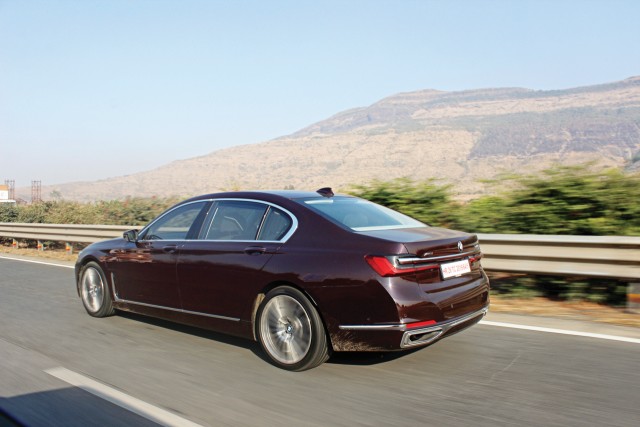
The way I see it is PHEVs are the best way to move to a cleaner electric future. While smaller personal vehicles may go full-electric, the larger ones will need some grunt and a battery pack the size of the 7 Series in a truck isn’t the answer. But that’s a story for another day. The PHEV does the job of plugging the gap between combustion and electric without the side-effect of range-anxiety. There are ways it can be extremely fruitful and now is the best time to find out just how much.
PHEV RIVALS
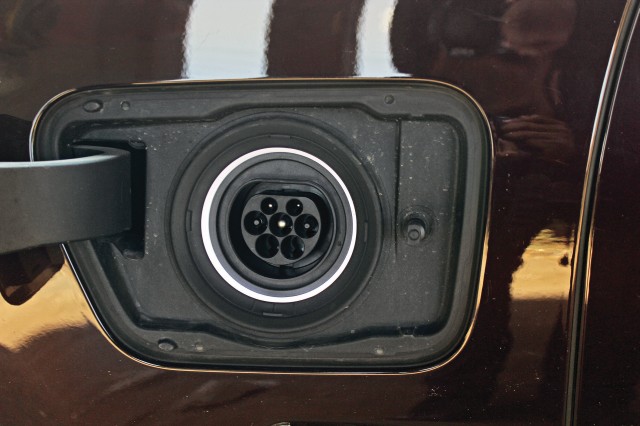
Direct rivals? None, actually. Not here, anyway. Premium plug-in hybrids don’t come here all that often. BMW’s direct competitors have some but they aren’t offered here in India. The BMW 745Le xDrive, in Europe, has the Mercedes-Benz S 560 e and Audi A8 L 50 TFSI e quattro to deal with, even the Porsche Panamera E-Hybrid — all of them aren’t here. What is here is something much more ― the Panamera S E-Hybrid with all of 680 hp and 850 Nm, but it’s priced at Rs 2.4 crore (base, ex-showroom). That’s roughly 50 per cent higher than this 7.



